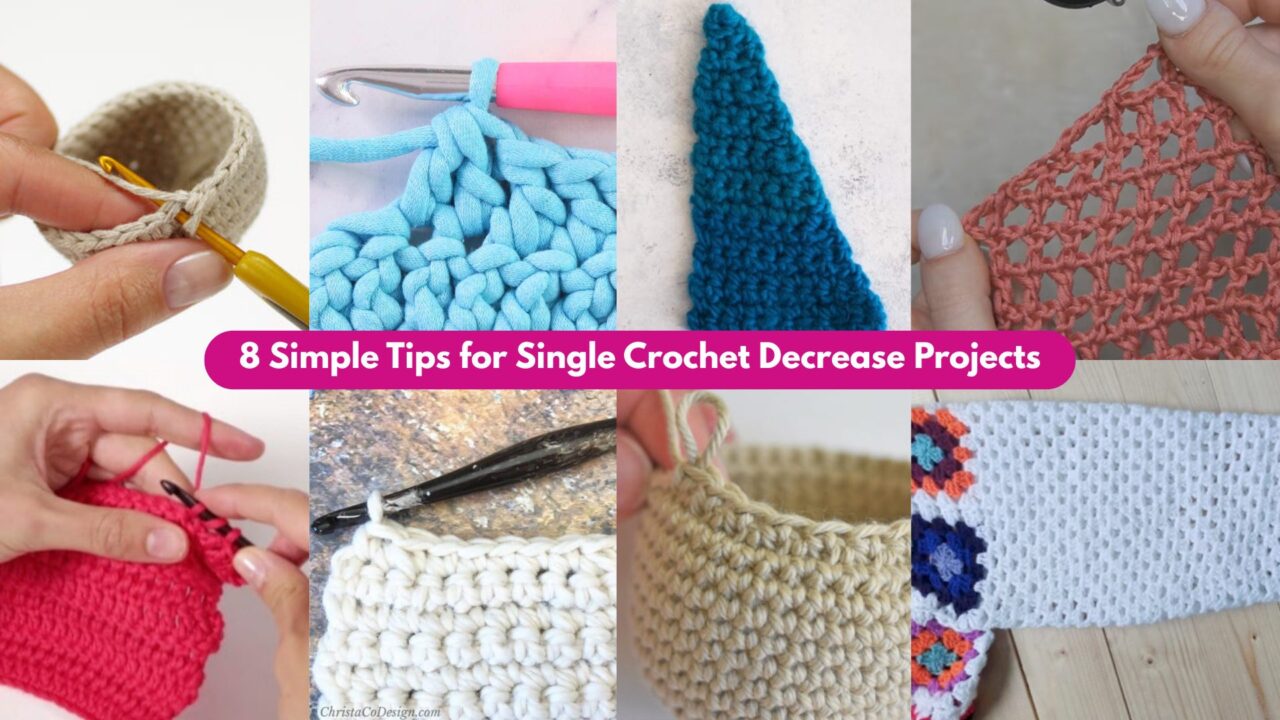Decreasing stitches is a cornerstone technique in crochet that transforms flat swatches into sculpted shapes—think seamless curves, fitted garments, and perfectly round amigurumi. Mastering single crochet decreases not only refines your stitch definition but also prevents unsightly gaps and puckering. In this guide, you’ll discover eight essential tips—from classic vs. invisible decreases to specialized applications in mesh and granny-stitch patterns—to elevate your projects and keep your edges looking polished. Whether you’re a beginner aiming for neat shaping or an experienced crocheter seeking new hacks, these concise, actionable tips will have you decreasing with confidence in no time.
1. Regular and Invisible Crochet Decrease
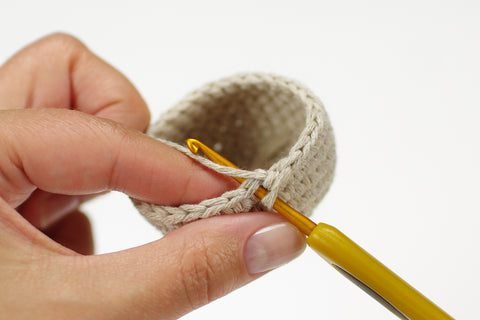
Learn to distinguish between the standard single crochet decrease (sc2tog) and the invisible decrease (inv-dec). While the regular decrease is quick and versatile, the invisible version hides itself in the fabric, giving you a seamless join that’s perfect for visible edges and detailed work.
Pattern Instructions2. Double Crochet Decrease
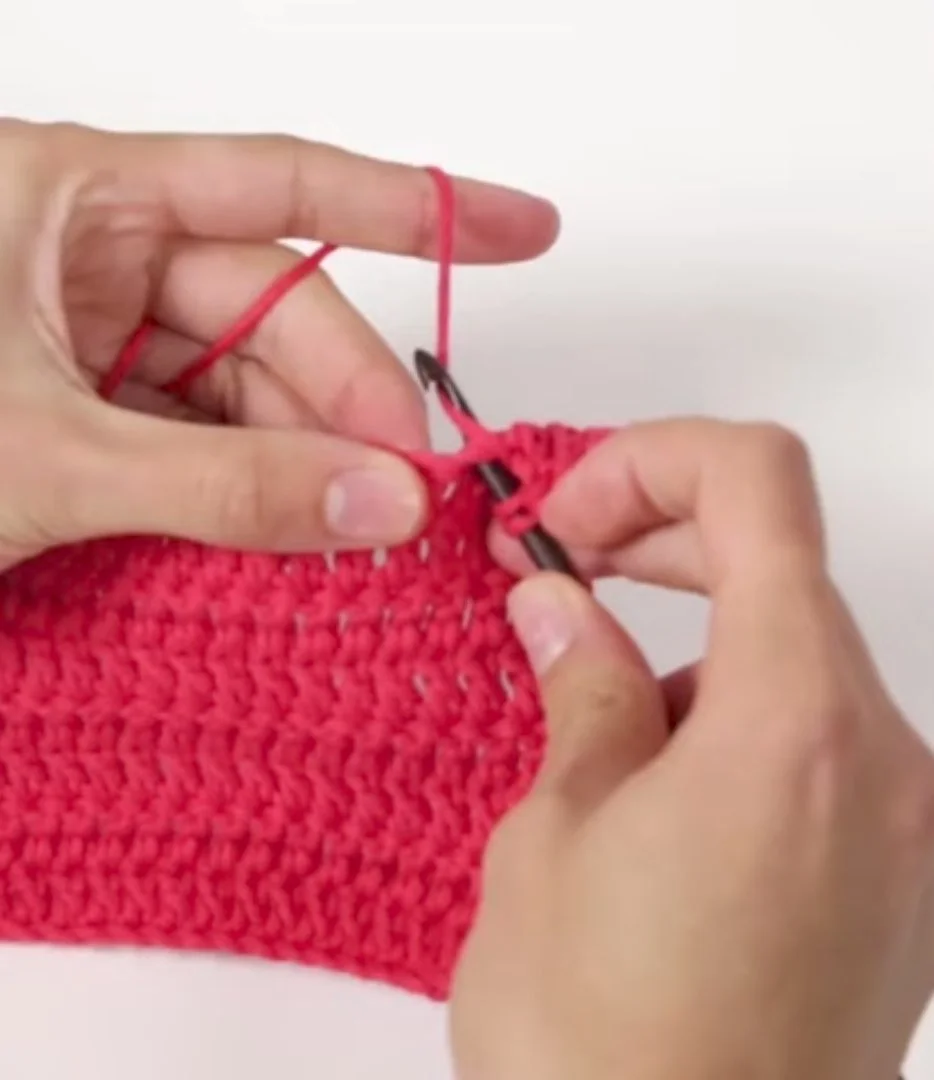
When working with taller stitches, use the double crochet decrease (dc2tog) to maintain stitch height consistency. This technique is invaluable for shaping shawls, sweaters, and any openwork design where you need a subtle taper without disrupting the drape.
Video Tutorial3. Easy Decrease for Beginners
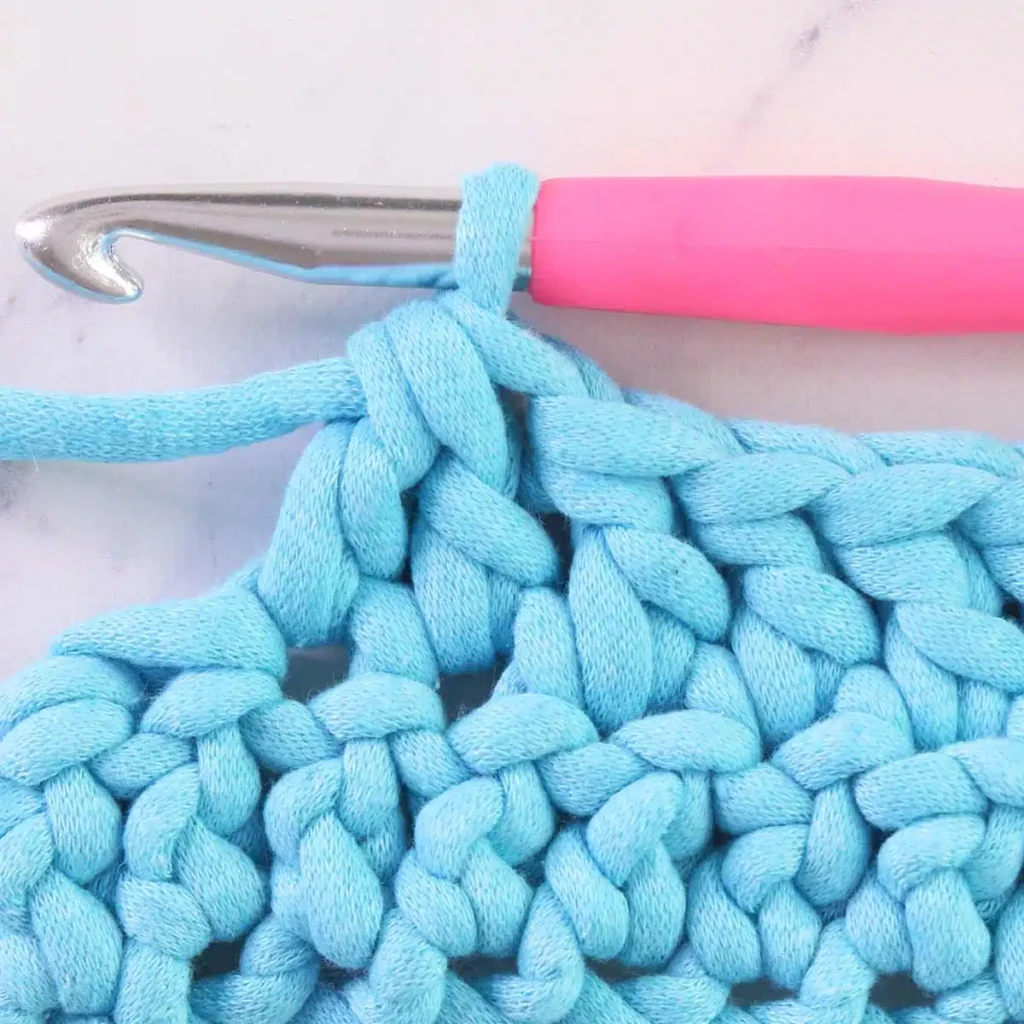
If you’re new to shaping, start with a straightforward, step-by-step single crochet decrease. We break down each motion—yarn over, insert hook, draw up loops, and finish—to ensure you can follow along without second-guessing, laying a solid foundation for more advanced decreases.
Pattern Instructions4. Crochet Decrease Tutorial
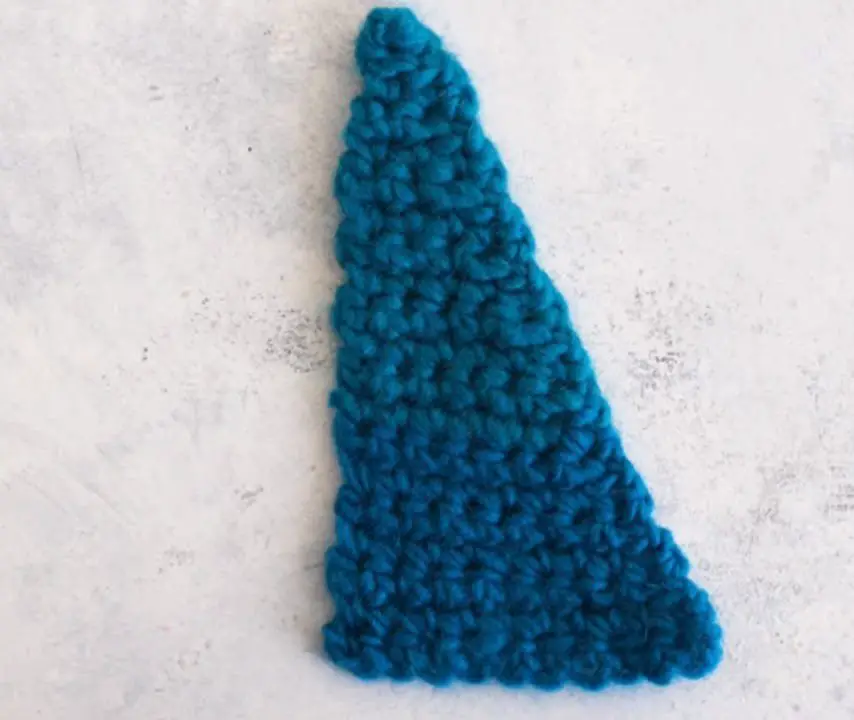
Visual guidance accelerates learning. Here, you’ll find a clear photo or video tutorial that walks you through each decrease method in real time, reinforcing the sequence of yarnovers and loop pulls so you can practice confidently at your own pace.
Video Tutorial5. Amigurumi – SC Decrease
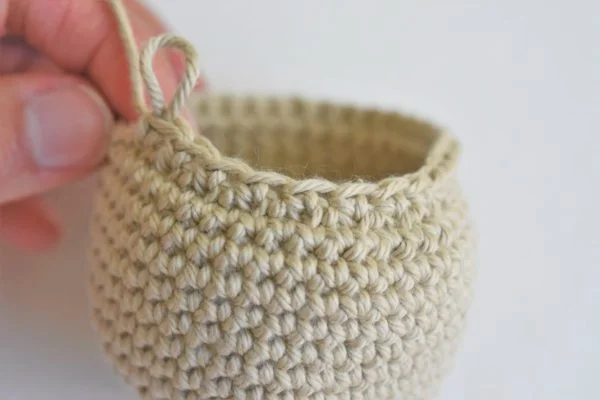
Tiny holes and uneven tension can ruin a plush toy. Discover why the invisible decrease is a go-to in amigurumi, and learn how to keep your stitches tight and uniform to preserve the shape of heads, limbs, and other rounded elements.
Pattern Instructions6. Mesh Stitch Decrease
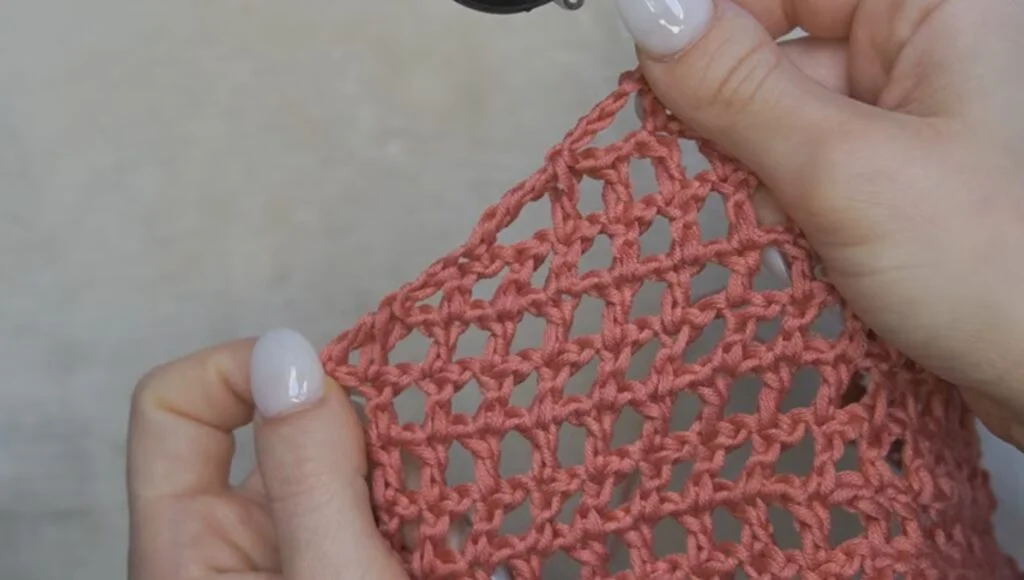
Decreasing in openwork or mesh patterns demands extra care. This tip shows you how to adapt standard decreases by skipping and joining mesh spaces so your decrease mirrors the pattern’s lacy vibe without breaking the flow.
Video Tutorial7. Single Crochet Two Together (SC2TOG) Explained
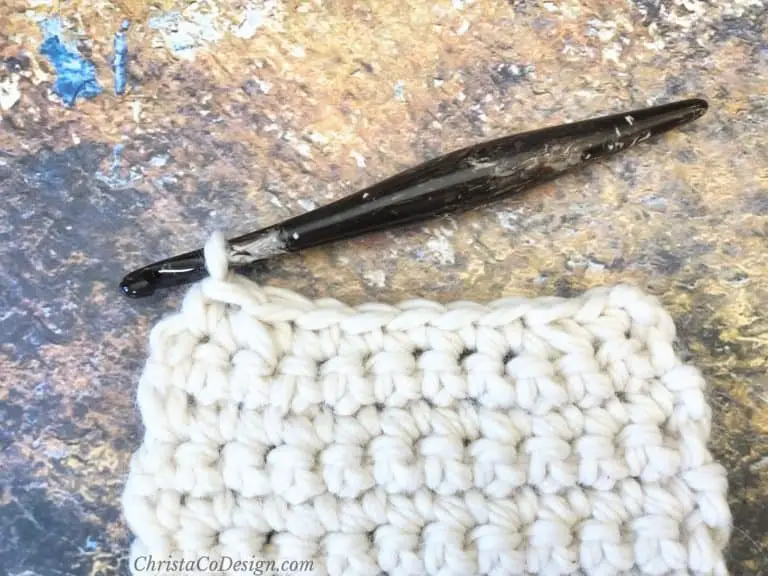
SC2TOG is the fundamental decrease stitch in crochet. We unpack the anatomy of this move—how and when to pull that final loop—to prevent gaps or puckers, ensuring a smooth line that guides your shaping precisely where you want it.
Pattern Instructions8. Granny Stitch Decrease
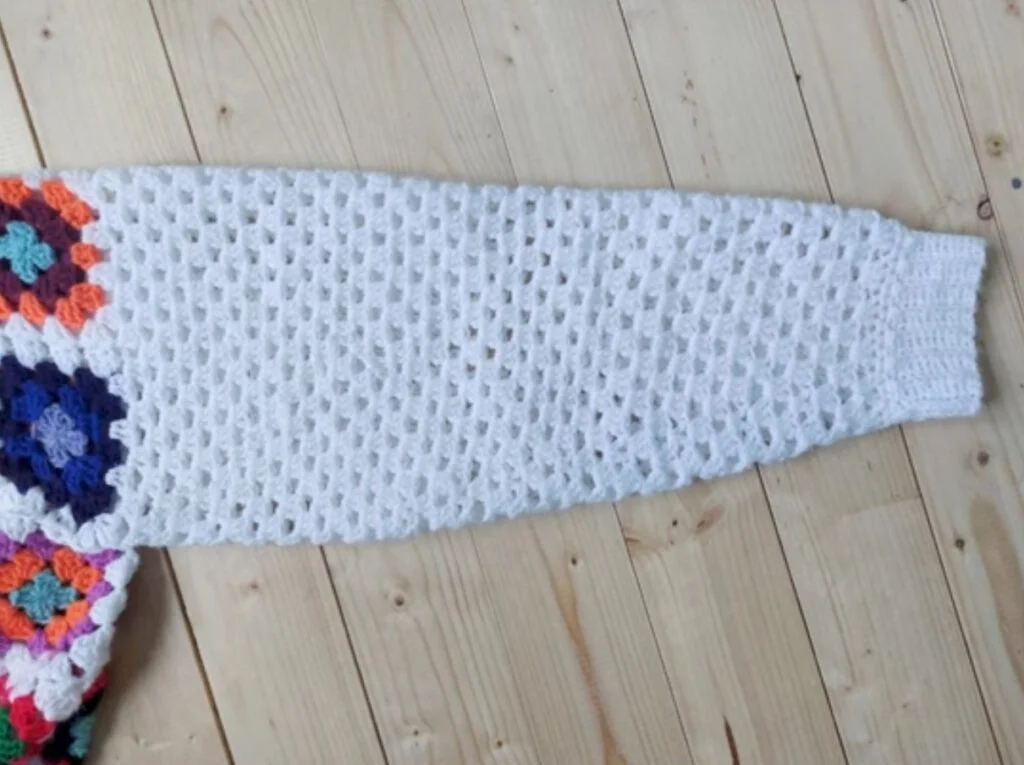
Granny stitch works in clusters, so decreasing requires cluster-aware modifications. Learn how to omit or merge clusters strategically to maintain your granny square’s symmetry, whether you’re working in the round or shaping a border.
Video TutorialConclusion
Mastering a variety of decrease techniques unlocks a new level of control over your crochet projects, from fitted garments to intricate home décor. By practicing these eight tips—regular and invisible decreases, beginner-friendly methods, and pattern-specific tricks—you’ll achieve crisp shaping and professional finishes every time. Keep your hook moving, experiment with each method, and watch your confidence grow stitch by stitch. Happy crocheting!


